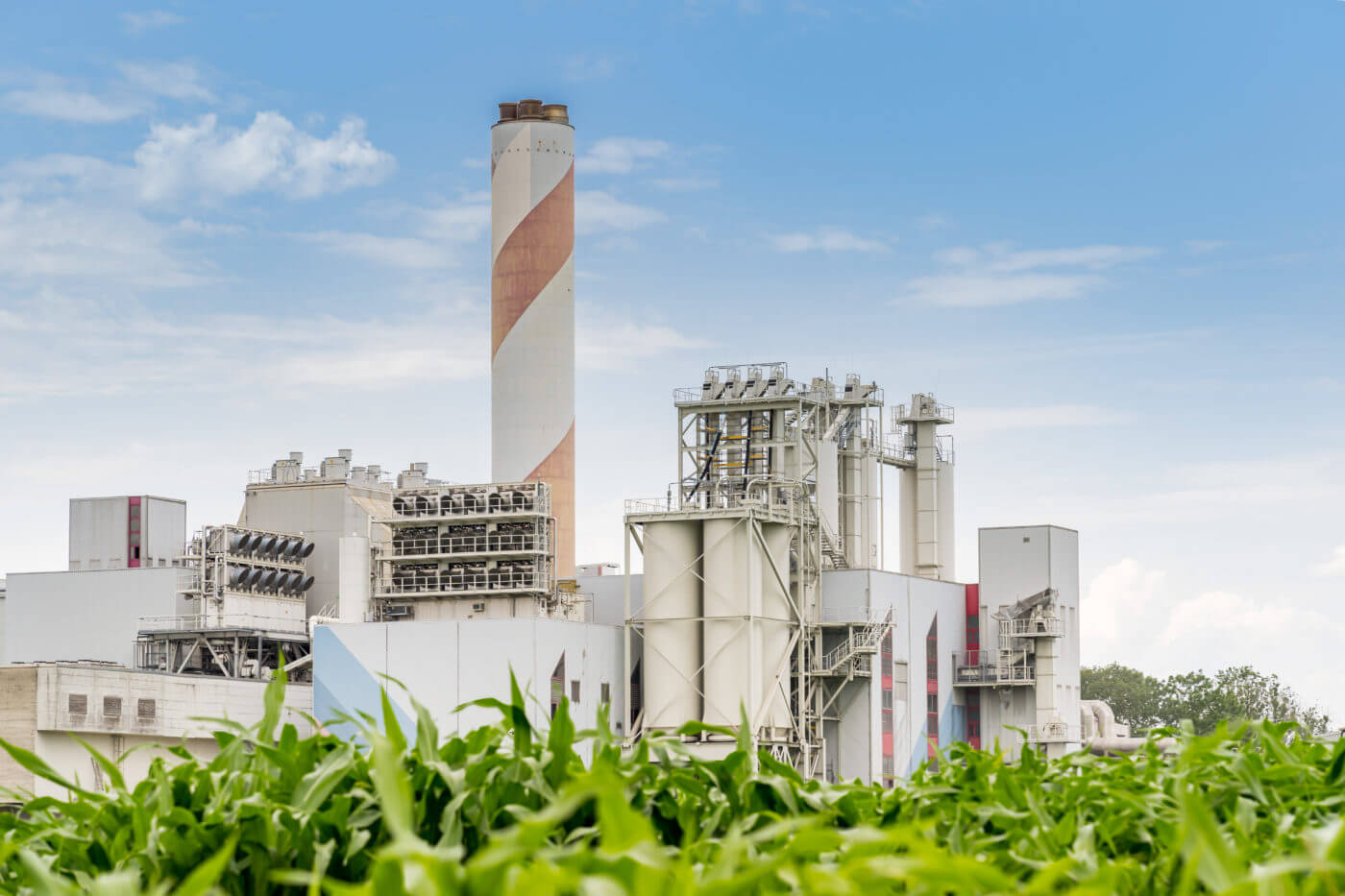
Policy support drives direct air capture forward
Hidden within the whirlwind of climate activity stemming from COP26, the bipartisan infrastructure package, and the reconciliation framework, the U.S. has also doubled down in the last two weeks on policies to advance a lesser known, but critical climate technology: direct air capture (DAC). DAC is the process of removing CO2 directly from the ambient air. Unlike point-source carbon capture, which addresses the flow of new CO2 by removing it from the flue stream of an industrial or power facilities, DAC works to mitigate the stock of legacy emissions in the atmosphere. IEA models show that in order to reach net-zero emissions, we need 630 million tonnes per year of CO2 sequestered from DAC, globally, by 2050. DAC is a useful technology to have in the climate toolbox because it can draw down legacy emissions while also being used to mitigate sectors such as aviation, which are particularly difficulty to decarbonize.
Just last week, the DOE announced the Carbon Negative Shot a Department of Energy (DOE) all-hands-on-deck effort to position the United States as a leader in research, manufacture, and demonstration of carbon removal technologies such as DAC. The Carbon Negative Shot rests on four key pillars: reducing carbon removal costs to $100/net tonne, robust lifecycle emissions accounting, high-quality storage with monitoring for at least 100 years, and enabling gigaton-scale removal. The commitment to work with public and private institutions, globally, places DOE at the center of international coordination of carbon removal.
The Department of Energy (DOE) also announced $14.5 million in available funding for low-carbon energy to scale up DAC last week. The funding opportunity will facilitate engineering studies of DAC systems capable of removing at least 5,000 tonnes of CO2 per year and are coupled with existing low-carbon energy. For reference, 5,000 tonnes is about the capture capacity of the Orca DAC project that recently launched in Iceland.
At COP26, President Biden announced the formation of the First Movers Coalition, a partnership between the World Economic Forum and the U.S. Office of the Special Presidential Envoy. This coalition of companies that will work to innovate green supply chains and scale new decarbonization technologies in the aviation, shipping, steel, trucking, cement, chemicals, aluminum sectors, and also for direct air capture.
In addition to this DOE support, much needed DAC legislation is making its way through Congress in the Infrastructure Investment and Jobs Act (IIJA) and Build Back Better Act packages. The IIJA passed the House on Friday and is heading to the White House to be signed into law. The SCALE Act, included in the bipartisan infrastructure package, authorizes funding needed to expand CO2 transport and storage capabilities. The SCALE Act would create a low-interest loan program for CO2 transport infrastructure as well as fund the EPA for Class VI well permitting, provide FEED grants, and build upon the CarbonSAFE program with a DOE cost share. Finally, the package includes grants for four DAC hubs and a technology prize competition.
The Build Back Better reconciliation package, for which House text was also released last week, includes 45Q enhancements that would expand DAC capacity, such as an extension of the commence construction deadline from 2026 to 2032. This allows developers more time to design projects and still qualify for the tax credit. The reconciliation package also increases the value of 45Q to $180 per tonne of CO2 captured using DAC and sequestered in permanent geologic storage. The cost of capture increases as the concentration of CO2 decreases, so for a project to economically capture directly from the ambient air, this higher credit value is needed. Finally, the package allows project developers to elect for a direct payment of the 45Q tax credit, which is important to enable those with low tax liability to realize the full value of the credit.
This unprecedented interest in DAC from both Congress and the White House bodes well for U.S. efforts to reach its climate goals. The investments that are made today will drive innovation, reducing cost and speeding the commercialization of DAC globally. As more DAC projects are enabled by these policies, we will track their development on this map and table. Additionally, carbon removal policies can be easily followed using Carbon180’s Carbon Removal Policy Tracker.



